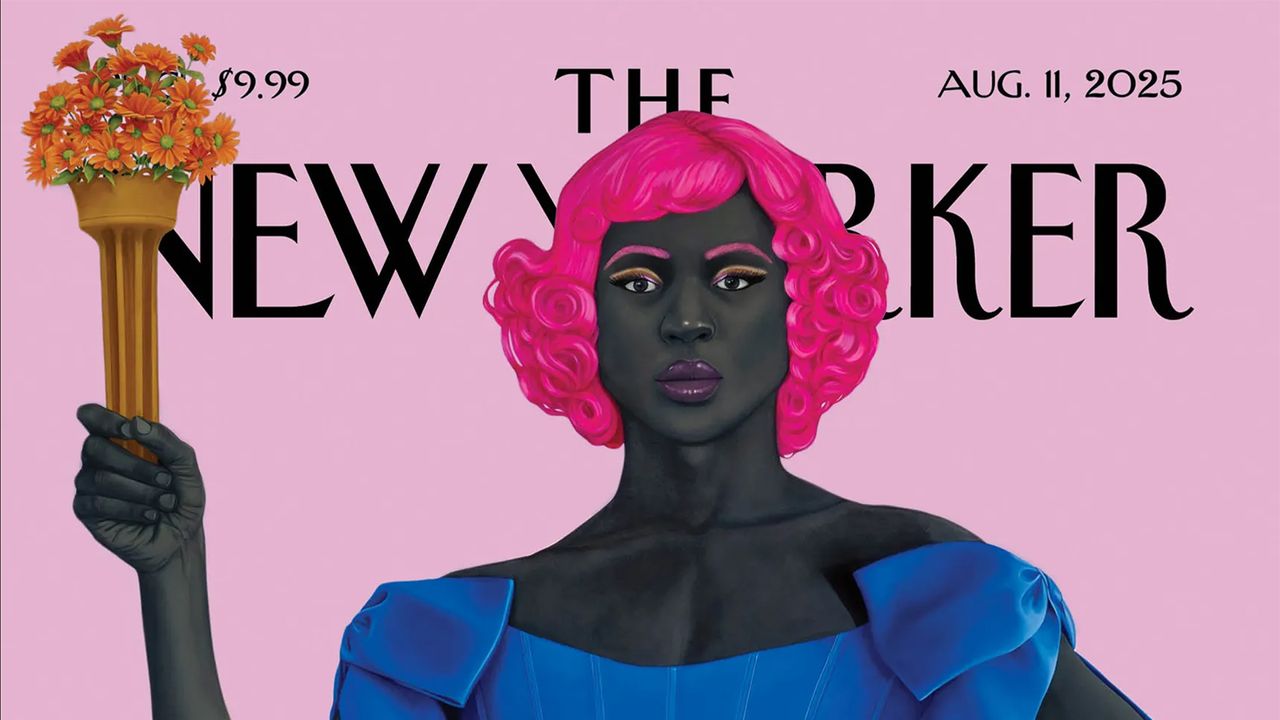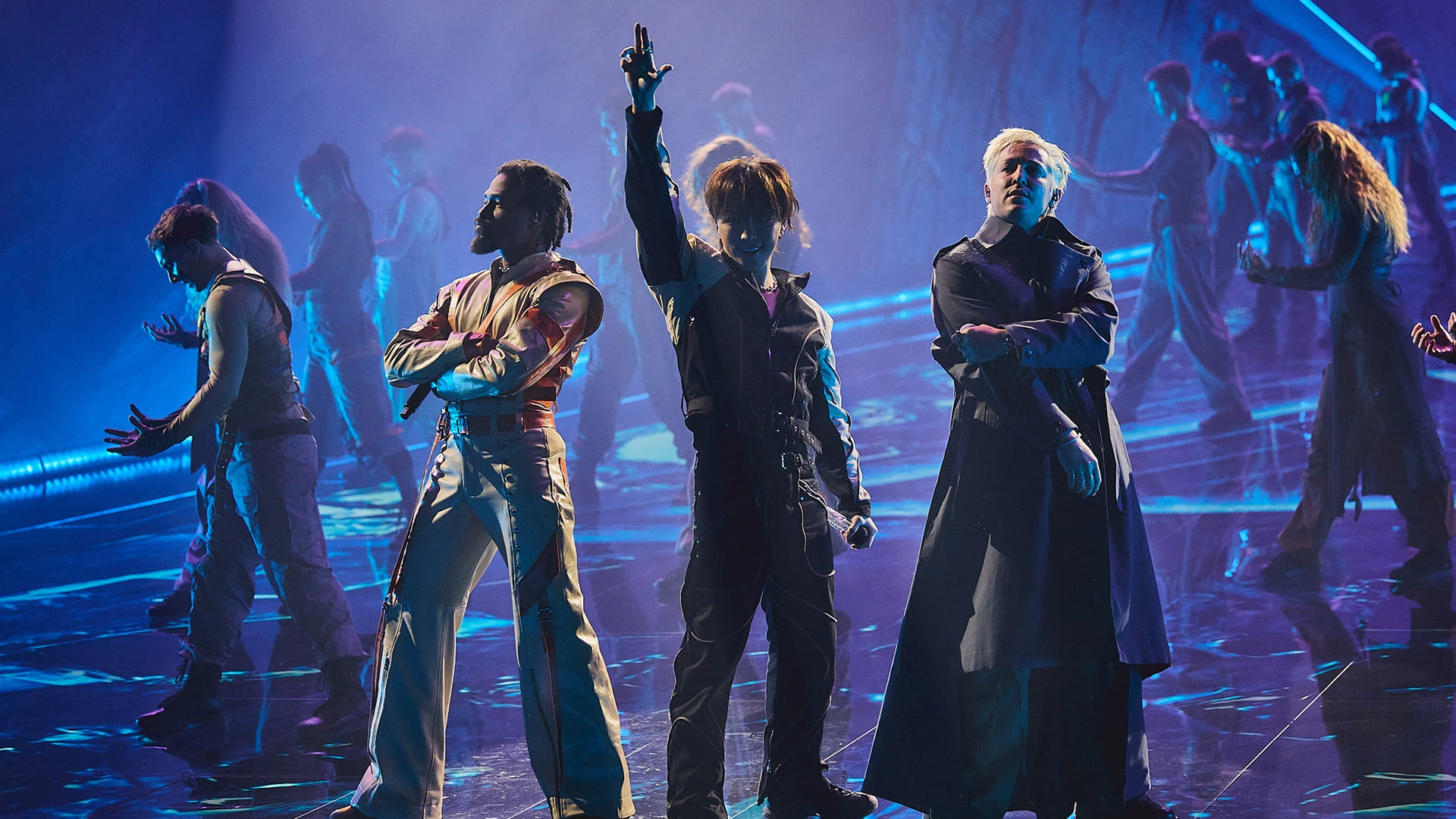Blackmagic Design has released DaVinci Resolve 20.1, but let's be real—what a half-baked update! Sure, they’ve added new workflows for creating XR content for the Apple Vision Pro, but is that really what users have been asking for? It feels like they’re ignoring the fundamental issues that plague this software. Crashes, slow performance, and a clunky interface continue to frustrate editors everywhere. Instead of addressing these glaring problems, they throw in a shiny new feature that only a fraction of users will utilize. It’s time for Blackmagic to get their act together and focus on what really matters—stability and usability. Enough with the gimmicks!
#DaVinciResolve #BlackmagicDesign #VideoEditing
#DaVinciResolve #BlackmagicDesign #VideoEditing
Blackmagic Design has released DaVinci Resolve 20.1, but let's be real—what a half-baked update! Sure, they’ve added new workflows for creating XR content for the Apple Vision Pro, but is that really what users have been asking for? It feels like they’re ignoring the fundamental issues that plague this software. Crashes, slow performance, and a clunky interface continue to frustrate editors everywhere. Instead of addressing these glaring problems, they throw in a shiny new feature that only a fraction of users will utilize. It’s time for Blackmagic to get their act together and focus on what really matters—stability and usability. Enough with the gimmicks!
#DaVinciResolve #BlackmagicDesign #VideoEditing











